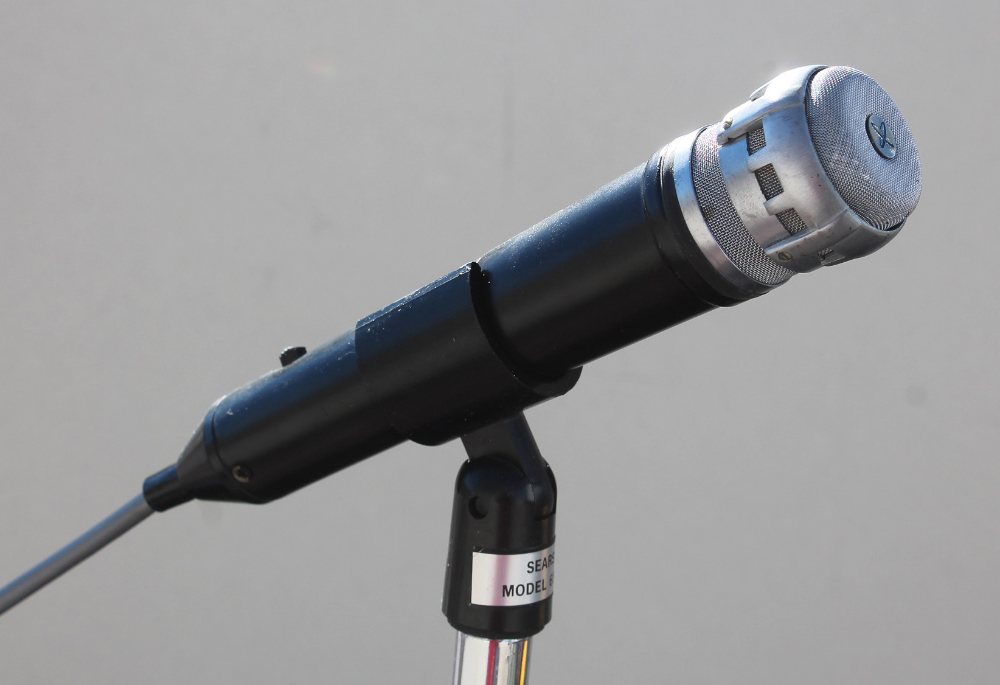Like many kids who grew up in the 1960s and 70s, the Sears, Roebuck and Co. retail chain (and catalog) was a big part of my life. The department stores were a wonderland of clothing, tools, toys, appliances and other household items, with something for every member of the family.
Every month or so my family would make a trip to “our” Sears store, and after we loaded up our purchases (and there were always purchases) in the station wagon, would head out to our favorite restaurant and then go home to unwrap our loot.
Sears was also known for its catalogs, which in the days before the internet were comprised of several hundred pages, and particularly in the earlier days, offered an almost unbelievable variety of goods that included kits to build entire homes. (Many of these Craftsman brand houses still stand to this day.) The catalogs were discontinued in the early 1990s, while some of the retail locations still remain.
The company was founded by Richard Warren Sears and Alva Curtis Roebuck in 1892 and began as a mail-order operation, opening its first store in Chicago in 1925. In addition to the aforementioned Craftsman brand (still a popular brand of tools), other surviving brands include Kenmore (appliances), DieHard (auto batteries) and perhaps others.
In my era, Sears also offered a pretty good selection of musical instruments and PA gear back in the day, including some gear under the Silvertone brand. One of my garage bandmates had a Silvertone guitar amplifier (made by Danelectro for Sears), and some of them are now worth a lot to collectors.
Recommended Uses
As with many units in my mic collection, I found the Sears 6591 online, and it came complete with box, paperwork and stand clip. I like the art on the box, showing a woman having cocktails in a living room with friends and singing into the mic – was it a recording or karaoke application?

The 6591 was introduced in 1966 and is a cardioid pattern dynamic model with an attached 20-foot-long shielded cable terminated to a 1/4-inch phone plug. The unit is wired for high impedance and was intended to be plugged into a guitar amp, with the spec sheet stating that the “frequency response is tailored for use with guitar amplifiers.” In fact, most of the text on one side of the sheet talks about using the mic with guitar amps.
The body is made of a die-cast zinc alloy and is finished in black paint, while the “business end” sports an interesting looking satin chrome grille. There’s an on/off switch mounted low on the body near the cable end. The shipped with a black plastic stand adapter that has a large silver sticker on it that reads, “Sears Model 6591.”

The spec sheet also states that the unit was supplied with a “slide-in-type stand-mounted adapter for use with floor stands. However, it may be quickly slipped out of the adapter for mobile handheld use. A real advantage and convenience over rigid stand-mounted microphones.”
Shared Heritage
Unlike many of the “house brand” mics offered in that era that were manufactured in Japan, the 6591 was made in the U.S., a rebadged and slightly altered Turner model 500 that was made in Grand Rapids, IA. Turner, by the way, put forward three different versions of the model 500 – stand mount, handheld with detachable cable, and a unit with a fixed cable like the 6591. (In fact, Sears also offered the model 6592 with detachable cable.)
Aside from the distinctive grille that’s exactly the same as the Turner 500, another clue as to its heritage is a reference in the spec sheet to a “Dynaflex” diaphragm, the same trade name Turner used for its own plastic diaphragms.
From the 1950s into the mid-60s, Sears sold name brand mics including models from Shure and Sonotone. With the introduction of the 6951/52, Shure was discontinued and just one handheld model was available from Sonotone.
Regardless of the name on the side, the 6951 is an interesting mic from the 1960s from what was then the largest retailer in the world.
Specs
Type: Cardioid Dynamic
Frequency Response: 50 Hz – 15 kHz
Impedance: High
Measurements: 7 1/4 inches x 1 17/32 inches
Price In 1966: $39.95




















